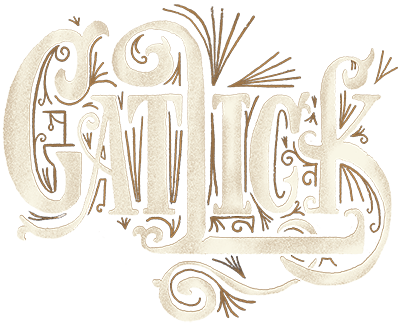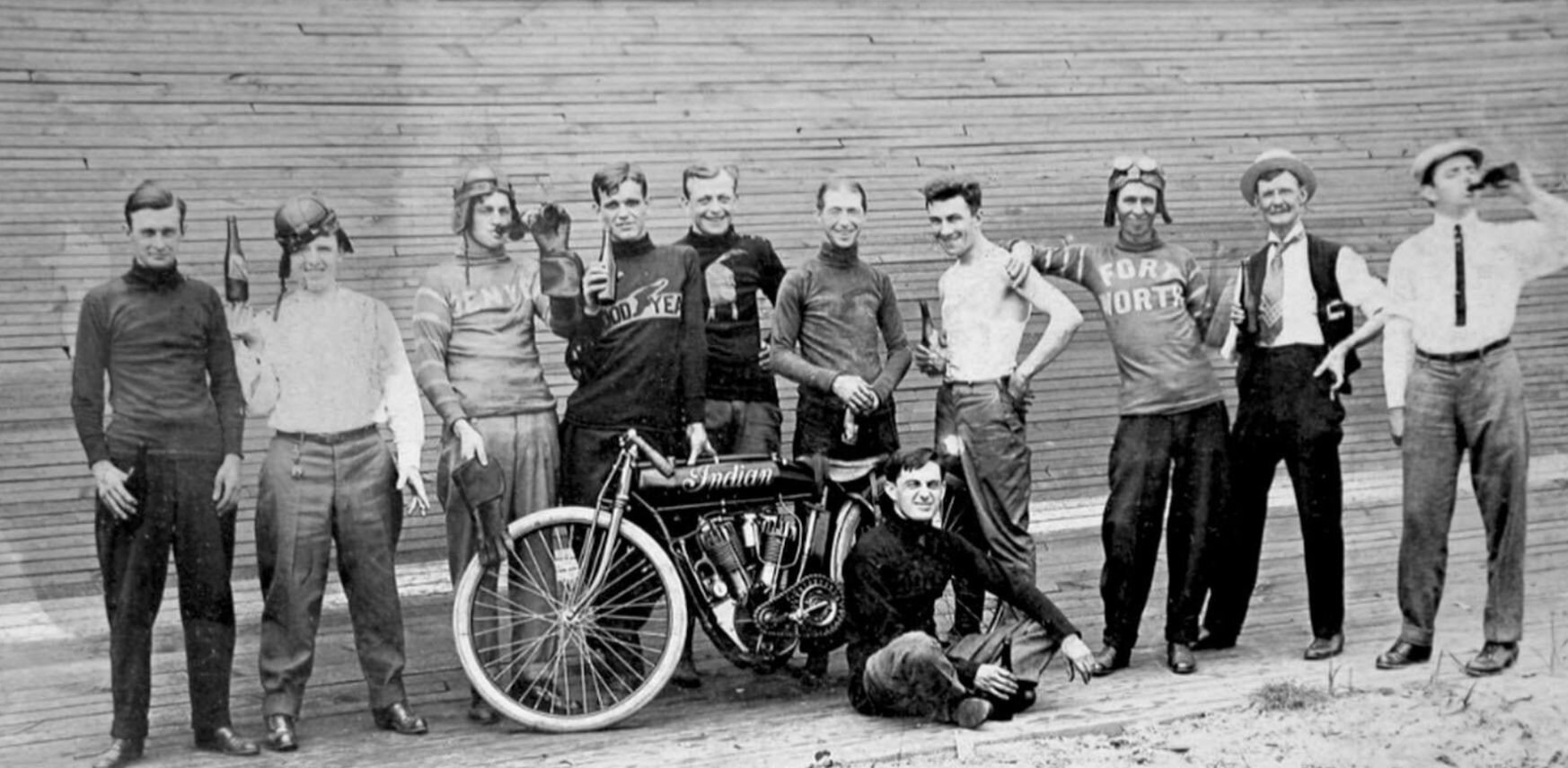Visual Artifact Page

equine ripper
On August 1, 1913, the Atlanta Constitution ran this article about a mystery horse killer south of the city.
Fisk jubilee singers - 1882
Hailing from Fisk University in Nashville, Tennessee, the Fisk Jubilee Singers was an all-black vocal group that began in 1866 and still continues to this day. They performed in Atlanta during the summer of 1913.
First Congregational Church
The famous African American First Congregational Church hosted the Fisk Jubilee Singers in the summer of 1913. The church still stands today and looks almost exactly as it does above.
Alonzo Herndon - 1858 - 1927
One of the icons of Atlanta’s black community, Alonzo Herndon operated and owned several barbershops in Atlanta in the early 1900’s. He later started the Atlanta Life Insurance Company which would eventually make him one of Atlanta’s first black millionaires.
Herndon’s barber shop
Herndon’s three Atlanta barber shops were considered quite luxurious at the time and catered mostly to the city’s prominent white men.
herndon historical marker
Located at 100 Auburn Ave NE, Atlanta.
whiskey king “Hub” Talley
Hub Talley was the leader of one of two “whiskey gangs” operating in Atlanta in the early 1900s.
Talley was “a violent tyrant once judged criminally insane and sentenced to time in an asylum. He was known for shooting up saloons, snitching on his rivals, and threatening to kill anyone who testified against him in court. The Constitution once reported that he’d shot three men…in one week.”
Article above from the Atlanta Constitution • Oct. 28, 1911
the law versus booze
Atlanta newspapers often satirized law enforcement’s seemingly never-ending battle with the illegal whiskey distributors known as “blind tigers.”
Cartoon from the Atlanta Constitution • May, 1916
The atlanta motordrome
The above photo is one of the very few existing images of the Atlanta Motordrome, a circular “saucer-style” motorcycle racing track opened by entrepreneur Jack Prince in Atlanta in the summer of 1913.
At lower right, an ad for the Motordrome taken out in the Atlanta Consitution in June, 1913.
racer harry glenn
When the Atlanta Motordrome opened, the local favorite was racer Harry Glenn. Glenn raced at tracks all across America during the 1910’s and 20’s. It is said that he served as a pallbearer at the funerals of 19 fellow racers.
a motley crew
A group of racers pose in front of the wooden track of the Atlanta Motordrome. Notice the steep 56 degree-graded track behind them.
ripper & frank on the same page
On August 25, 1913, the Atlanta Constitution front page included the stories of both a Ripper murder and the impending Leo Frank verdict.
Judge Leonard Roan
Presided over the Leo Frank trial and sentenced him to death by hanging on August 26, 1913.
“frank, guilty”
One of the many extras printed by the Atlanta Georgian on the day the verdict of the Leo Frank trial was announced. Driven by intense interest in the trial, the AG sold more than 130,000 newspapers that day alone.
“Frank Convicted, Asserts Innocence”
Front page of the Atlanta Constitution • August 25, 1913.
“Im as innocent as I was a year ago”
Another special edition from the Atlanta Georgian.
Leo and lucille
Another feature in a special edition of the Atlanta Georgian on August 25, 1913.
Jacob Elsas - 1842 - 1932
Jacob Elsas came to America as a Jewish immigrant from Germany. He moved to Atlanta during Reconstruction and started the Fulton Bag and Cotton Mill in 1881.
The fulton bag and cotton mill
Built on the ruins of the old Confederate Rolling Mill, Elsas located his cotton mill just a couple miles east of downtown Atlanta. In the early 1900’s, it was one of Atlanta’s largest employers, giving work to more than 1,500 people.






















